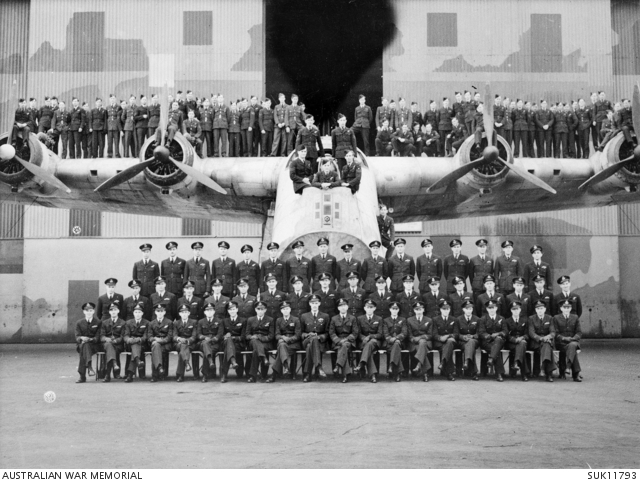"The [Battle of the Atlantic was the] dominating factor all through the war ... Never for one moment could we forget that everything happening elsewhere on land, at sea, or in the air, depended ultimately on its outcome.”
- Winston Churchill on the Battle of the Atlantic
Running from September 1939 to May 1945, the Battle of the Atlantic was the longest continuous military campaign of the Second World War – and Australian service personnel and merchant seamen played took part in this critical battle.
This 6-year struggle was pivotal in ensuring vital supply lines between North America, and Europe remained open, enabling the transportation of troops, equipment and essential goods to Great Britain and from there to North Africa and to Russia.
The Royal Australian Navy’s light cruiser HMAS Perth took part at the start of the war, and later the heavy cruiser HMAS Australia (II) escorted convoys. The N-Class destroyers HMAS Norman, Napier, Nepal, Nestor and Nizam and Q-Class destroyers HMAS Quickmatch and Quiberon each also took part, escorting convoys and hunting submarines in the North and South Atlantic. The RAN also sent more than 1,100 officers and sailors to serve in Royal Navy warships, including anti-submarine warfare specialists trained at Rushcutter naval base, Sydney.
The RAAF's No. 10 Squadron served with RAF Coastal Command right through the war, operating Sunderland flying boats on long and hazardous anti-submarine patrols. No. 461 Squadron also operated Sunderlands and No. 455 Squadron flew Hampden bombers and Beaufighter strike-fighters. Later, No. 458 Squadron flew Wellington bombers out of Gibraltar. Many Australians also flew in RAF squadrons, flying from bases spread across Britain, West Africa, Gibraltar, Iceland, Greenland, the Azores, and other Atlantic islands.
Many Australians, including merchant seamen and RAN gunners posted to defensively armed merchant ships, served on Allied merchant ships carrying supplies and troops from Australia to Britain, between North America and Britain, and to Russia and the Mediterranean.
The relentless battle saw the loss of at least 3,500 Allied merchant ships, 175 warships, and more than 2,000 aircraft. Tragically, more than 80,000 Allied merchant seaman, naval personnel, and airmen lost their lives.
These included hundreds of Australians, among them Ordinary Seamen David Hall, George Hall, John Shannon and Ian Startup, who were among the 1,418 crew who perished when the Royal Navy battlecruiser HMS Hood was sunk by the German battleship Bismarck in the Denmark Strait on 24 May 1941.
The Battle of the Atlantic is commemorated annually on 1 May, providing an opportunity to reflect on the sacrifices made and the crucial role played by Australian service personnel and merchant seamen in securing the Allied victory.
Lest we forget.

RAF Station, Pembroke Dock, Wales. Group portrait of the personnel of No. 461 (Sunderland) Squadron RAAF. Image courtesy of the Australian War Memorial.